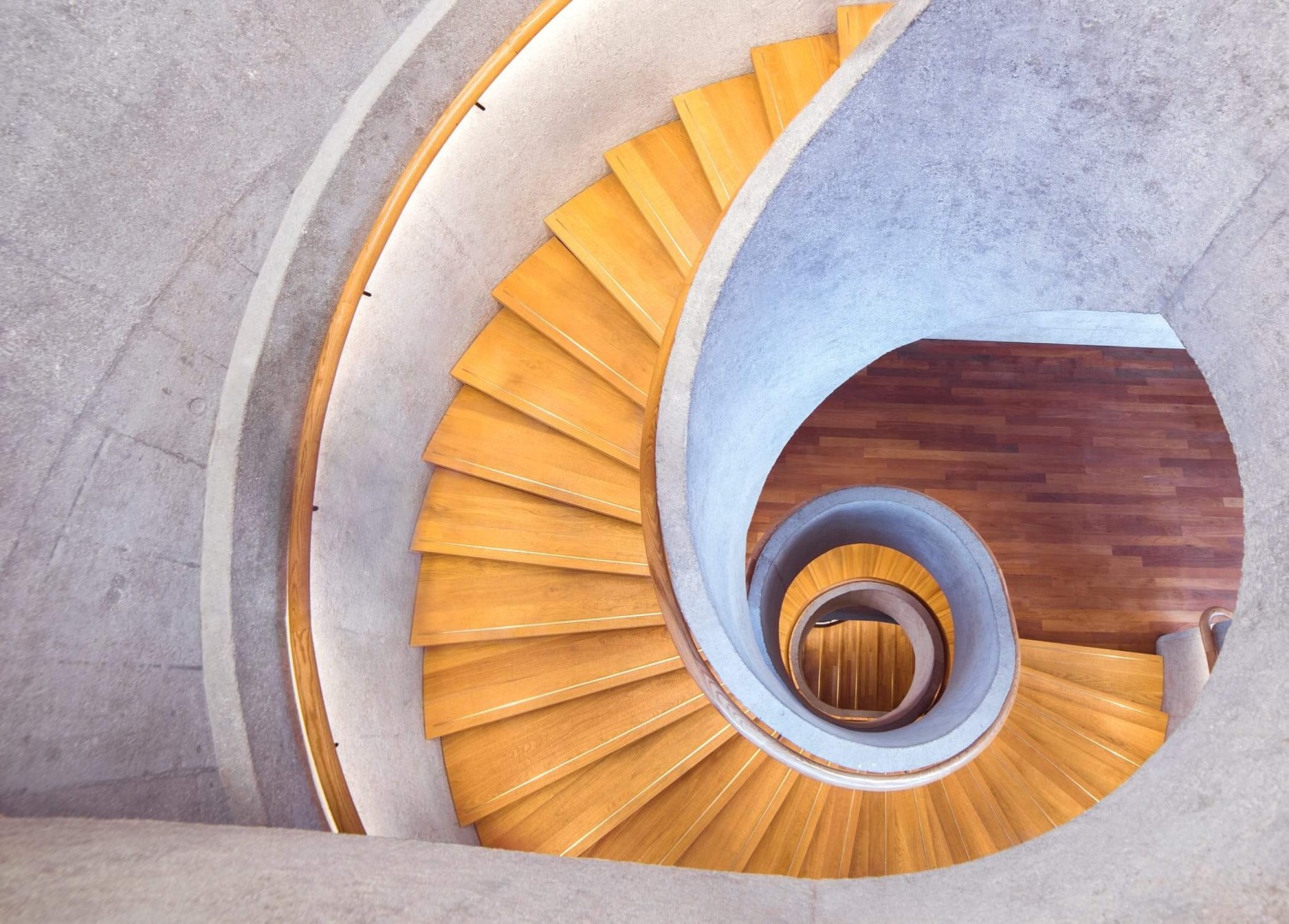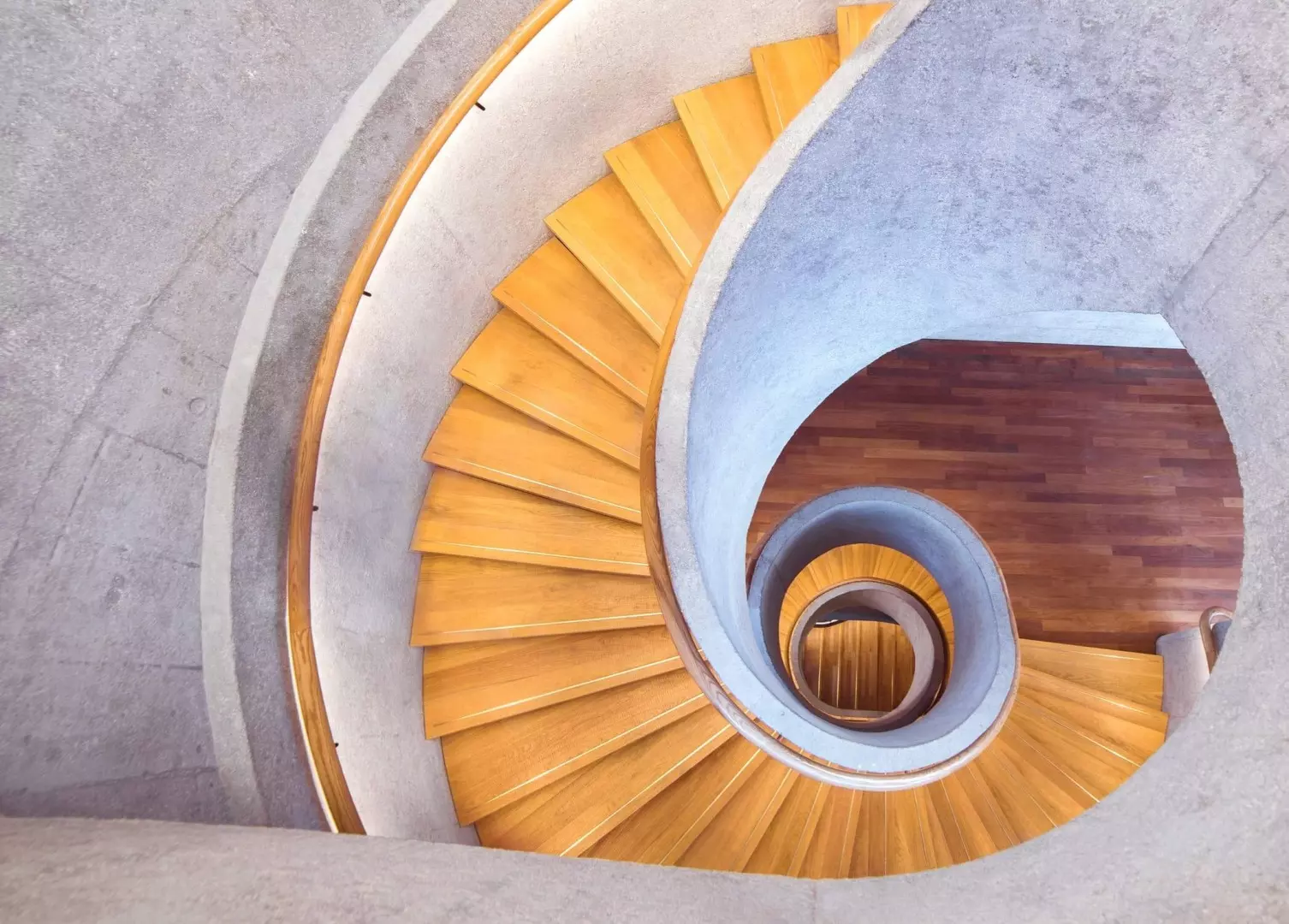Comments
- No comments found

A designer-client relationship is an important factor for creating a good design.
For one, you need to be a skilled designer to make a good design, but you must also consider the client’s input at each step to ensure you meet their requirements and vision. An excellent designer-client relationship aims for both parties to get the best out of one another. Neither side should feel overwhelmed or go unheard during the process.
As a designer, it is important to understand the basics of client relationship management. To help you achieve your client relationship goals, here is a list of the 5 essential elements of a good designer-client relationship.

It is imperative to introduce and explain your working style to the client as it may be entirely different from other designers they’ve worked with. You must always clearly communicate your process, the feedback you need, the project scope, or a timeline. Discuss and set the appropriate expectations at the beginning of a project. From setting the tone, schedule, answering the mails, receiving feedback to setting meetings, you train your client on what’s acceptable and unacceptable. This will help you develop the right client relationship goals.
This is one of the most crucial steps to maintain a good designer-client relationship. Often, the designers refrain from clarifying things they’re not sure or confused about and deliver the opposite of what the client really expects. Hence, it is important to reach out to the client for any clarification before moving ahead with the project to avoid going in the wrong direction and better client relationship management.
“The Typography seems off” is a valid comment and so is, “There is too much red.” However, this shouldn’t be enough for you to change it at a word. You must dig deeper, ask relevant questions to understand your client’s point of view, the issue with the design, and what exactly is wrong. Also, Explain your ideation, point of view, and approach. This will help you make a design that matches their vision. This is beneficial to both sides.
Deliver on time. Don’t give the clients to find fault with that. It is crucial to make sure your deadlines are achievable and agreed upon. However, you must make sure that the clients’ sudden deadlines are fair and reasonable.
Moreover, you should share and discuss progress with the client on each step of the project. This practice of sharing regular updates will make frequent changes in the project more manageable, avoiding any serious issues or major last-minute revisions. Sometimes, sharing updates might take more time, but in the end, it will result in a more efficient design process and lead to better client relationship management.
Many times the client may not be satisfied with your designs. As a designer, you must understand the client’s preferences and try to pinpoint the critical problem (which is often at first misidentified). Without any ask, share new designs with the client, step by step explaining your work. Always help the client navigate the design world, which helps achieve better client and designer relationships.
When the client points out something they’d like to change, explain why you made certain decisions and guide them through the zone where you can explore more to find out the best solution.
Remember that you can freely explore margins to find creative solutions that best fit what the client is looking for and give their product its own unique identity. If you tend to copy someone else’s work, there’s a high possibility that you might be punished for copyright issues. Moreover, this will not help build trust and maintain the designer-client relationship.
The designer-client relationship depends on trust and respect, fueled by constant open communication. You must work, keeping in mind that every client and project is unique. Thus, a key for professional-client relationship management is maintaining a good level of confidence and openness while communicating.
Anuja is the Co-founder and CEO of RedAlkemi Online Pvt. Ltd., a digital marketing agency helping clients with their end to end online presence. Anuja has 30 years of work experience as a successful entrepreneur and has co-founded several ventures since 1986. She and her team are passionate about helping SMEs achieve measurable online success for their business. Anuja holds a Bachelors degree in Advertising from the Government College of Fine Arts, Chandigarh, India.
Leave your comments
Post comment as a guest